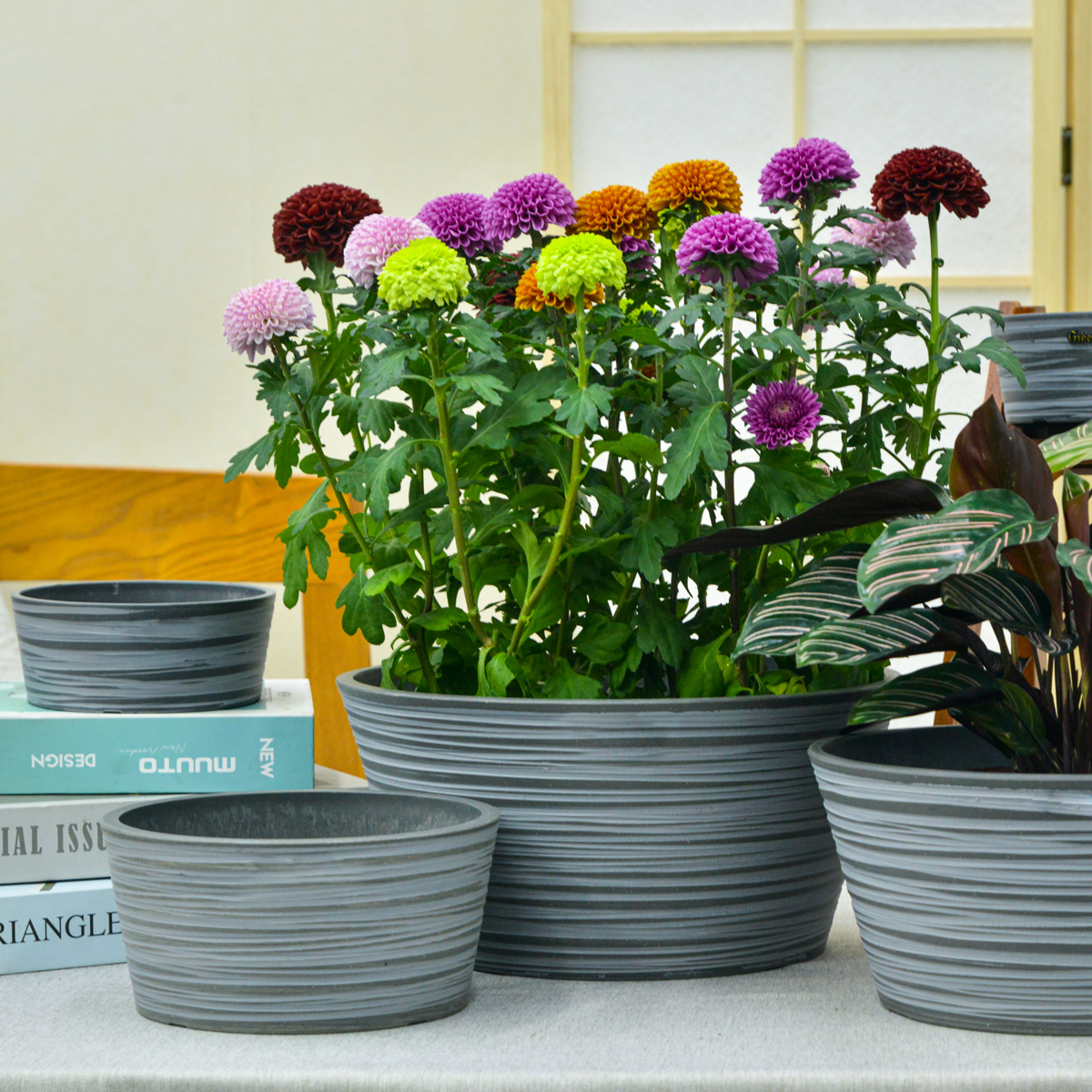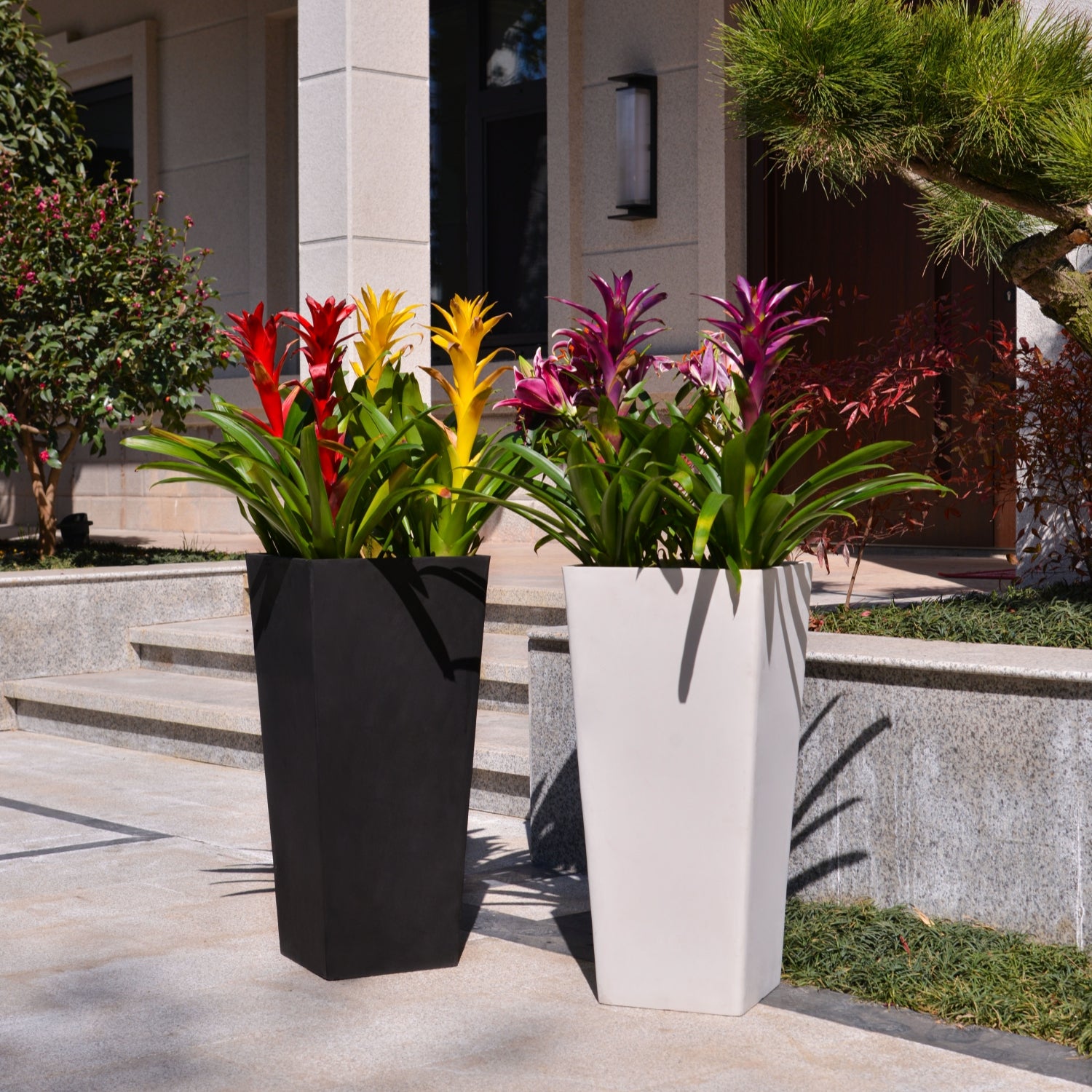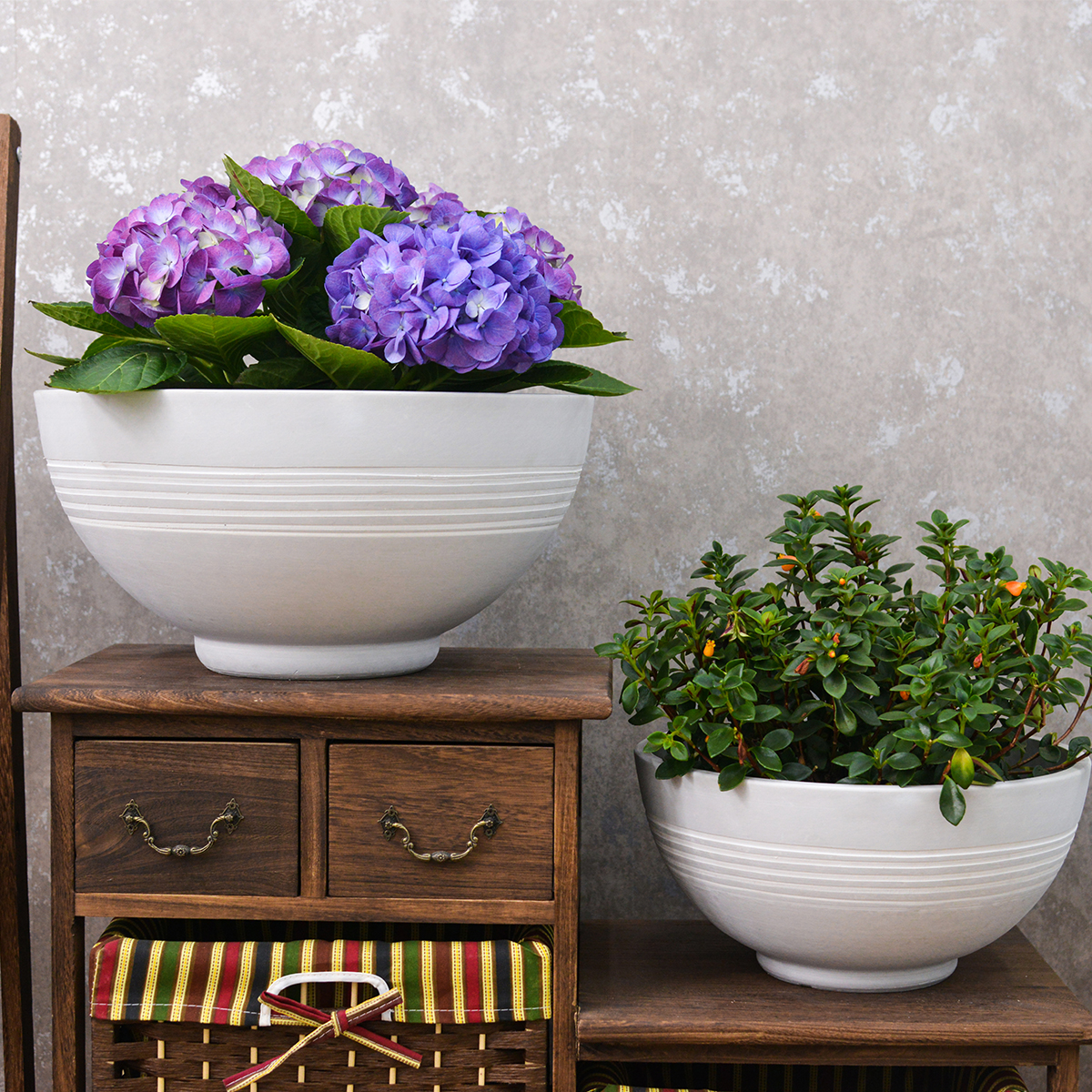This Cheap Fertilizer Instantly Covered My Orchids in Buds and Roots! Trigger Lush Blooms!
Orchids are often perceived as delicate and somewhat demanding plants, requiring specific attention to bloom frequently and profusely. Proper maintenance is indeed key to achieving vibrant flowers and healthy growth. Here are essential aspects to consider when caring for your orchids, including lighting, temperature, watering schedules, humidity levels, and effective homemade natural fertilizers that won’t break the bank.
1. Lighting: The Key to Blooming
One of the first and most crucial factors in orchid care is lighting. Without adequate light, orchids simply won’t bloom. These plants thrive in bright, indirect sunlight. A spot near a south-facing window is often ideal, but you should shield the plant from direct, intense sun, which can scorch the leaves.
During the fall and winter months, when natural light is limited, supplemental lighting may be necessary. Using grow lights or plant lights can help extend the daylight hours to around 12 hours, ensuring your orchid receives enough light. Maintaining a consistent light source is vital for encouraging the development of flower spikes.

2. Temperature: Encourage Blooming Through Proper Climate Control
Orchids require specific temperature ranges for optimal growth. Ideal daytime temperatures for most orchids are between 68-75°F (20-24°C), while nighttime temperatures should ideally drop to 59-64°F (15-18°C). This temperature fluctuation of about 5-6 degrees Fahrenheit between day and night helps to stimulate orchid blooming. This drop mimics their natural environment and triggers the flowering process.
If your home temperature remains fairly constant, you can manually create this fluctuation by moving your orchid to a slightly cooler location at night, such as near a window or on a porch (if temperatures are not too extreme).
3. Watering and Humidity: Providing the Right Conditions
Orchids appreciate humidity and benefit from regular misting to maintain appropriate moisture levels. However, special care is needed when flower buds appear. Water droplets can damage the buds, causing them to rot or drop off prematurely. Instead of directly misting the buds, try placing a shallow dish of water near the plant to naturally increase the surrounding humidity.
During the dormant period (after blooming), orchids require less water. Watering once every 2-3 weeks may be sufficient. However, when new roots, leaves, and flower spikes begin to grow, orchids need more frequent watering. The best way to determine when to water is to observe the roots. When the orchid’s roots turn silvery-white, it’s time to water. Always use room temperature, filtered, or dechlorinated water to avoid damaging the roots.
4. Nutrient Supply: Feeding for Optimal Growth
Orchids need fertilization during their active growth phase, from the development of roots and leaves to the opening of the first flower bud. Natural homemade fertilizers can be an excellent alternative to store-bought chemical fertilizers. Here are a few effective and easy-to-make organic orchid feeds mentioned in the Spanish article:
Garlic Water Fertilizer:
Garlic is presented as a potent natural stimulant for plant growth and immunity. It contains sulfur and other trace elements that may help orchids grow strong and healthy.
- How to Prepare:
- Take 3 cloves of garlic and chop or crush them.
- Pour 1 liter of lukewarm water over the garlic.
- Let the solution steep for 24 hours.
- Strain the mixture and then dilute it with water in a 1:3 ratio (1 part garlic water to 3 parts plain water).
- How to Use: Water your orchid’s roots with this garlic water solution once every 3-4 weeks.
- Potential Benefits: Besides promoting growth and blooming, this garlic solution is said to have antibacterial properties that may protect the plant from fungal infections and pests like spider mites and thrips.
Lemon Water Fertilizer:
Lemon juice contains citric acid, which may help maintain the proper pH balance in the orchid’s growing medium. It’s also suggested to stimulate the plant’s immune system, strengthen its leaves, and encourage flowering.
- How to Prepare:
- Take 1 teaspoon of fresh lemon juice.
- Mix it with 1 liter of water.
- Stir well and water your orchid’s roots with the solution on slightly damp soil.
- Frequency: Healthy orchids can be watered with this solution once a month. Weak or recovering plants might benefit from lemon water every two weeks.
Succinic Acid Fertilizer:
Succinic acid is described as an excellent growth stimulant that can improve root development, strengthen leaves, and promote flowering.
- How to Prepare:
- Dissolve 2 tablets of succinic acid (approximately 100mg total) in 1 liter of lukewarm water.
- Stir well until dissolved.
- How to Use: Use this solution for root watering or foliar spraying once a month.
- Potential Benefits: This natural supplement is said to enhance the plant’s overall health and vitality, making it more resistant to stress and environmental changes. You can typically find succinic acid tablets online or at some garden supply stores in the US.
5. Additional Care Tips for Orchids:
- Repotting: Orchids should be repotted every 1-2 years using a well-draining orchid mix such as bark, peat moss, and perlite.
- Air Circulation: Ensure good air circulation around your plants to prevent the growth of mold or bacteria.
- Flower Spike Maintenance: Once an orchid has finished blooming, prune the flower spike above the third node to encourage new growth and potential reblooming.
- Pest Control: Regularly inspect your orchid for pests like mealybugs, scale, and spider mites. If detected, treat the plant with neem oil or insecticidal soap.

Conclusion:
By following these care techniques, you can help ensure your orchids stay healthy, thrive, and reward you with abundant blooms. Proper lighting, temperature control, humidity management, and the use of organic fertilizers play vital roles in maintaining a thriving orchid. Incorporating natural feed solutions like garlic water, lemon water, and succinic acid may significantly enhance your plant’s growth and flowering potential. With the right approach, your orchids will reward you with stunning and long-lasting blooms year after year!
11THD
By greenship|2024-08-13T02:52:20+00:00August 13, 2024|Categories: Hand-carving Series|
11TH
By greenship|2024-08-13T02:50:25+00:00August 13, 2024|Categories: Hand-carving Series|
GreenShip 27inch Tall Planters for Porch, Large Outdoor Planter Pots with Drainage Hole
By greenship-seo|2025-04-10T06:27:21+00:00April 7, 2025|Categories: Hand-carving Series|Tags: Decorative Flower Pots|
HS
By greenship|2024-08-13T06:45:17+00:00August 13, 2024|Categories: Hand-carving Series|
KC3-09k
By greenship|2024-08-16T06:24:36+00:00August 16, 2024|Categories: Hand-carving Series|
k2-21G
By greenship|2024-08-13T06:17:26+00:00August 13, 2024|Categories: Hand-carving Series|






